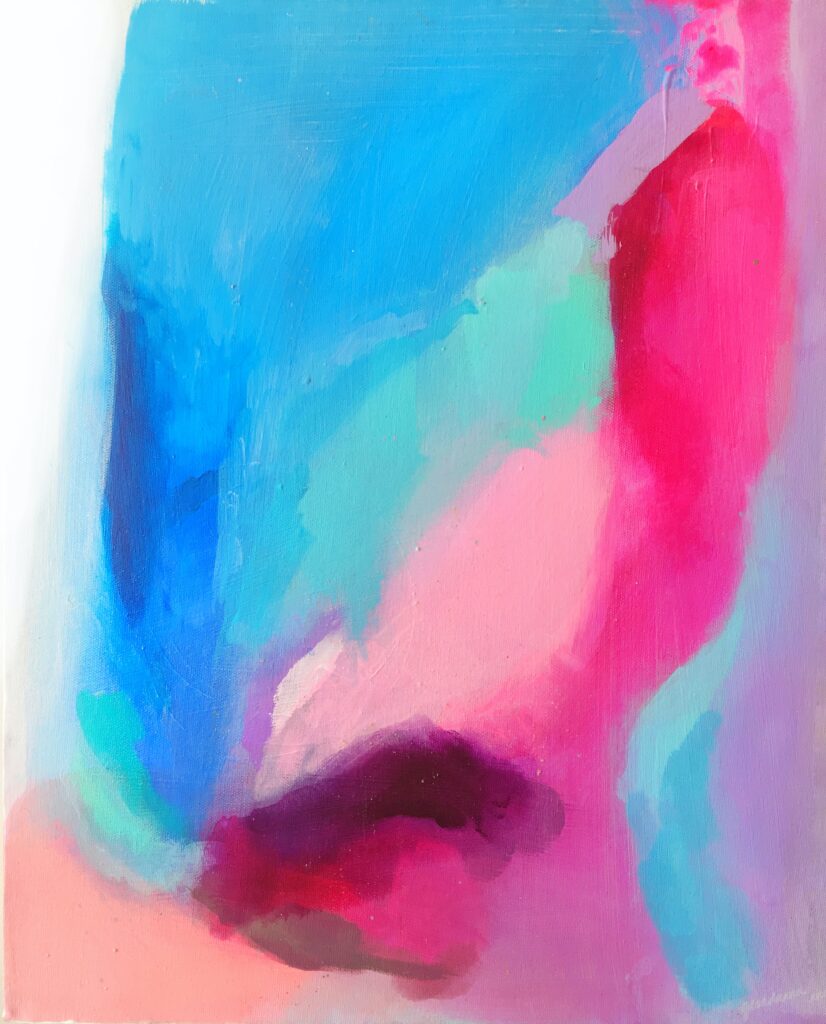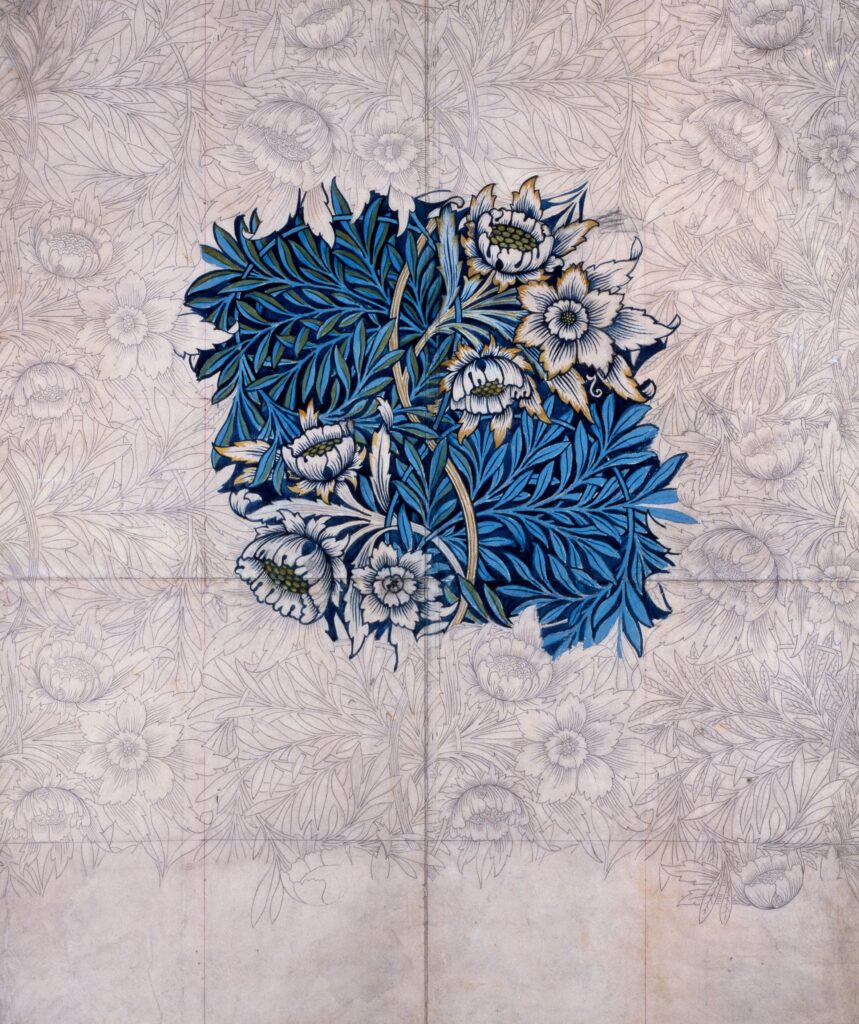Do you find it challenging to paint shadows with acrylic? Look no further! This article will provide you with expert tips and techniques on how to effectively paint shadows using acrylic paint. Discover the step-by-step process that will help you achieve realistic and captivating shadow effects in your artwork. Whether you are a beginner or an experienced artist, this guide will equip you with the skills needed to enhance the depth and dimension in your paintings. Get ready to take your acrylic painting to the next level!

Materials Needed
To paint shadows with acrylic, you will need the following materials:
Acrylic Paint
Acrylic paint is the primary medium used for creating shadows. It is available in a wide range of colors and can be easily manipulated to achieve different tones and hues.
Paintbrushes
A set of paintbrushes with various sizes and shapes will be essential for applying the acrylic paint. Consider using brushes with soft bristles for smoother blending.
Palette
A palette is necessary for mixing and blending different colors. It can be a traditional wooden palette or a disposable one made of plastic or paper.
Canvas or Paper
Choose a canvas or paper to paint on. Both options are suitable for acrylic painting, so it’s a matter of personal preference. Canvas provides texture and durability, while paper is more lightweight and convenient.
Water
Having a container of water nearby is crucial for cleaning your brushes and thinning the paint if needed. Keep it within reach to maintain a smooth painting process.
Choosing Colors
Understanding how to choose the right colors for shadows is essential to create a realistic and captivating painting. Consider the following aspects:
Understanding Shadows
Shadows are not simply black or gray areas in a painting. They are influenced by various factors such as light source, object texture, and surrounding colors. By understanding how shadows work, you can effectively depict depth and form in your artwork.
Color Theory
Color theory plays a vital role in painting shadows. Shadows are not just darker versions of the object’s color but are influenced by the color temperature of the light source and the object’s surroundings. Familiarize yourself with color theory to create accurate and visually appealing shadows.
Mixing Dark Shades
To achieve realistic shadows, you’ll need to mix dark shades of paint. Start with a base color and gradually add small amounts of black or a complementary color until you reach the desired darkness. Experiment with different ratios to achieve the desired effect.
Warm vs. Cool Shadows
Understanding the difference between warm and cool shadows is crucial in creating realistic shadows. Warm shadows tend to have hints of red, orange, or brown, while cool shadows have hints of blue, purple, or green. Consider the light source and the temperature of your scene when choosing warm or cool shadows.
Preparing the Surface
Before you begin painting shadows, it is essential to prepare the surface appropriately. Follow these steps:
Cleaning the Canvas
If you’re using a canvas, make sure it is clean and free from dust or debris. Use a soft cloth or brush to gently remove any particles that might affect the paint’s adhesion.
Applying a Base Layer
Applying a base layer of paint to your canvas or paper can help create a smooth surface and enhance the vibrancy of your shadows. Choose a color that complements the overall tone of your painting and apply an even coat with a large brush.
Creating a Light Source
To paint shadows effectively, you need to establish a prominent light source in your composition. Consider the following steps:
Determining Light Direction
Decide where your light source is coming from. Imagine a line extending from the light source and consider how it affects the objects’ placement and the cast shadows.
Drawing Guidelines
Sketch some guidelines on your canvas or paper to indicate the direction of the light source and the basic shapes of the objects. This will serve as a foundation for accurate shadow placement.

Differentiating Shadows and Forms
It is crucial to distinguish shadows from the objects they fall upon and recognize the forms they create. Consider the following:
Defining Forms
Use shading and highlighting to define the forms of the objects in your painting. Pay attention to the light source and create the necessary contrast between light and shadow to bring out the object’s three-dimensional shape.
Identifying Cast Shadows
Cast shadows are the shadows created when an object blocks the light source. Observe where these shadows fall and ensure they align correctly with the object casting them. This will add depth and realism to your painting.
Distinguishing Shadows from Objects
Make sure the shadows you paint are distinct from the objects themselves. Pay attention to the subtle changes in color, value, and texture between the shadows and the objects they fall upon, enhancing the illusion of dimension.
Techniques for Painting Shadows
Once you have established the basics of creating shadows, it’s time to explore various techniques to enhance their appearance. Here are some techniques to consider:
Dry Brushing
Dry brushing involves using a relatively dry brush to apply paint with short, light strokes. This technique is useful for creating texture and subtle gradations in the shadows.
Layering Shadows
Layering shadows involves applying multiple layers of paint to gradually build up the desired darkness and texture. Each layer should be allowed to dry before adding the next one. This technique creates depth and complexity in the shadows.
Glazing
Glazing refers to applying a thin, transparent layer of paint over an existing layer. This technique allows light to pass through the glaze, adding a luminous quality to the shadows and creating depth.
Scumbling
Scumbling is the technique of applying opaque or semi-transparent paint with a dry brush over a base layer. This technique adds texture and dimension to the shadows, creating a visually interesting effect.

Blending Shadows
Blending shadows smoothly is essential to create a realistic and cohesive painting. Consider the following techniques for blending acrylic shadows:
Blending Acrylics
Blend acrylic shadows by gently layering and feathering the colors together using a soft brush. Gradually blend the edges to create a seamless transition between the shadow and the object.
Creating Gradations
Create smooth gradations by gradually changing the opacity or color tone of the paint. Start with a dark color and gradually lighten it as you move towards the highlighted areas. This technique adds depth and volume to your shadows.
Softening Edges
To create a softer and more diffused look, gently blend the edges of your shadows. Use a damp brush or a dry brush with light strokes to soften any harsh lines, allowing your shadows to seamlessly integrate with the surrounding areas.
Highlighting Shadows
Adding highlights to your shadows can greatly enhance the realism and visual impact of your painting. Consider the following techniques:
Adding Highlights
Carefully observe your light source and identify the areas where the light hits the object directly. Use a lighter color or mix a bit of white into your shadow color to create highlights. Apply the highlights sparingly, focusing on the most illuminated areas.
Contrasting Light and Dark
Highlighting shadows effectively requires a contrast between light and dark areas. Ensure that your highlights are significantly lighter than the shadows to create a strong contrast and to make the shadows appear more convincing.
Using Complementary Colors
Consider using complementary colors to add highlights to your shadows. For example, if your shadows have a blue tone, add a touch of yellow or orange as highlights. This technique creates visual interest and a more dynamic interplay between colors.

Adding Depth and Dimension
To achieve a three-dimensional look in your painting, focus on adding depth and dimension to your shadows. Consider the following techniques:
Playing with Values
Experiment with different values of darkness when painting shadows. Varying the intensity of your shadows will create depth and help define the objects in your composition.
Utilizing Tonal Contrast
Enhance the tonal contrast between your shadows and highlights to create a sense of depth. The striking contrast will make your shadows appear more intense and bring your painting to life.
Perspective and Depth
Consider the perspective of your painting when determining the placement and intensity of your shadows. Objects that are farther away from the viewer will have softer and less defined shadows, while objects closer to the viewer will have more prominent and defined shadows.
Practicing and Experimenting
To master the art of painting shadows with acrylic, it is important to practice and experiment with various techniques. Consider the following exercises:
Still Life Studies
Set up a still life composition and observe how the light interacts with different objects. Practice capturing the subtle nuances of shadows and their interaction with the objects.
Observing Natural Shadows
Pay close attention to the shadows cast by objects in your everyday life. Observe how they change depending on the light source and surrounding colors. This practice will deepen your understanding of shadow characteristics.
Exploring Different Lighting Conditions
Experiment with painting shadows under different lighting conditions. Whether it’s natural sunlight, artificial light, or a combination of both, each lighting condition offers unique opportunities to explore various shadow effects.
By following these tips and practicing regularly, you will become more proficient in painting shadows with acrylic. Remember to embrace the process and have fun exploring the infinite possibilities that shadows bring to your artwork.




